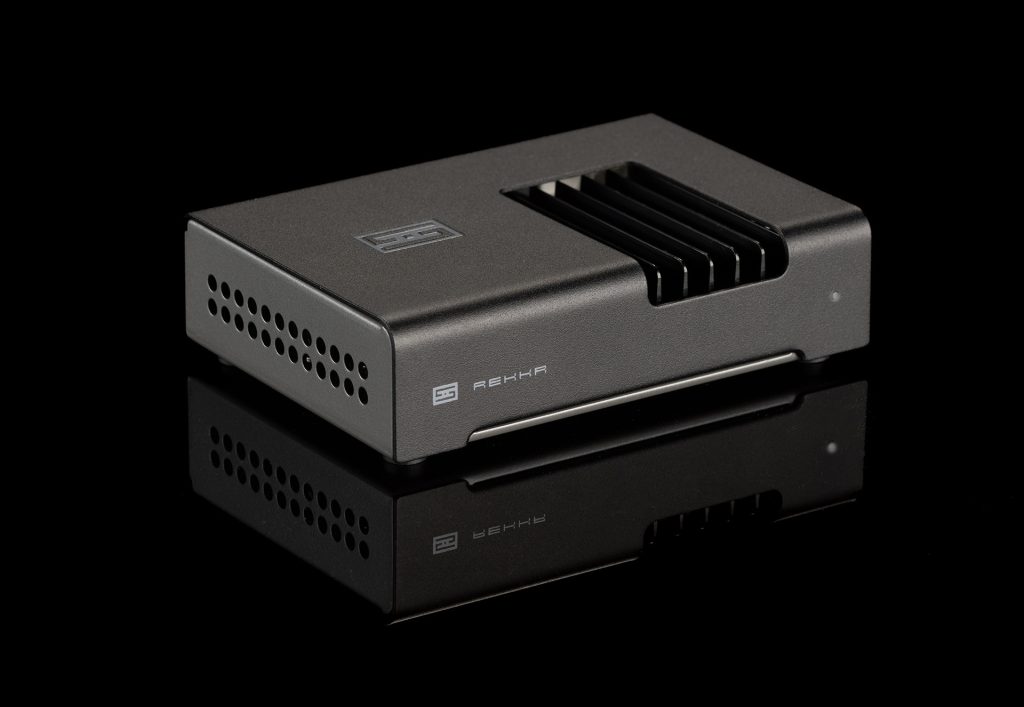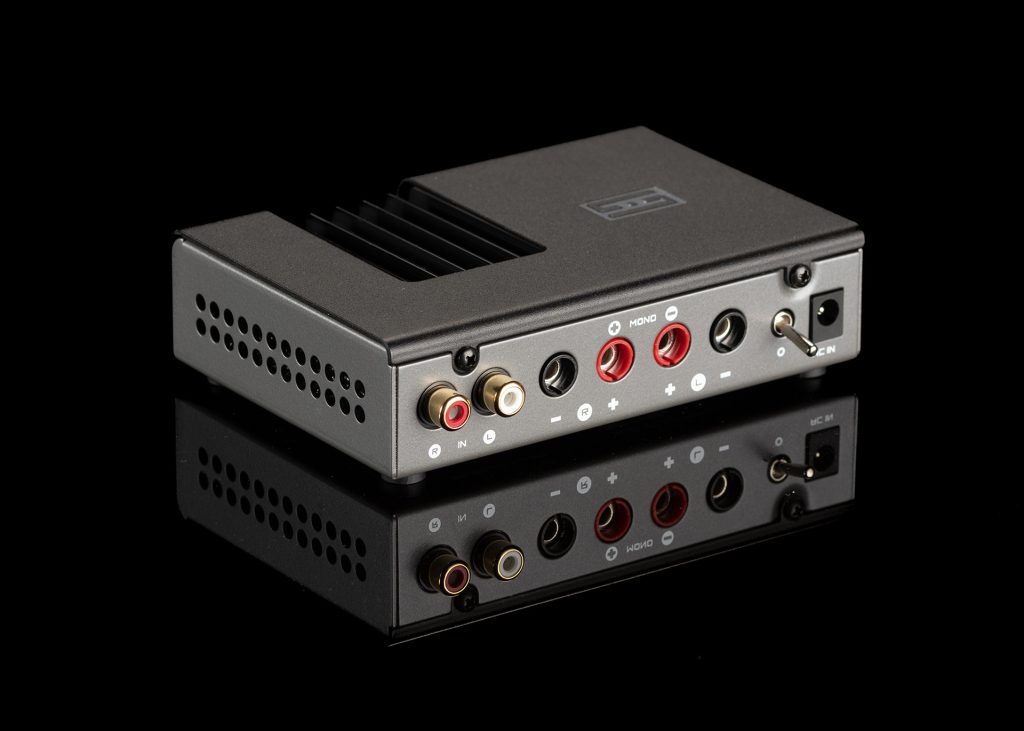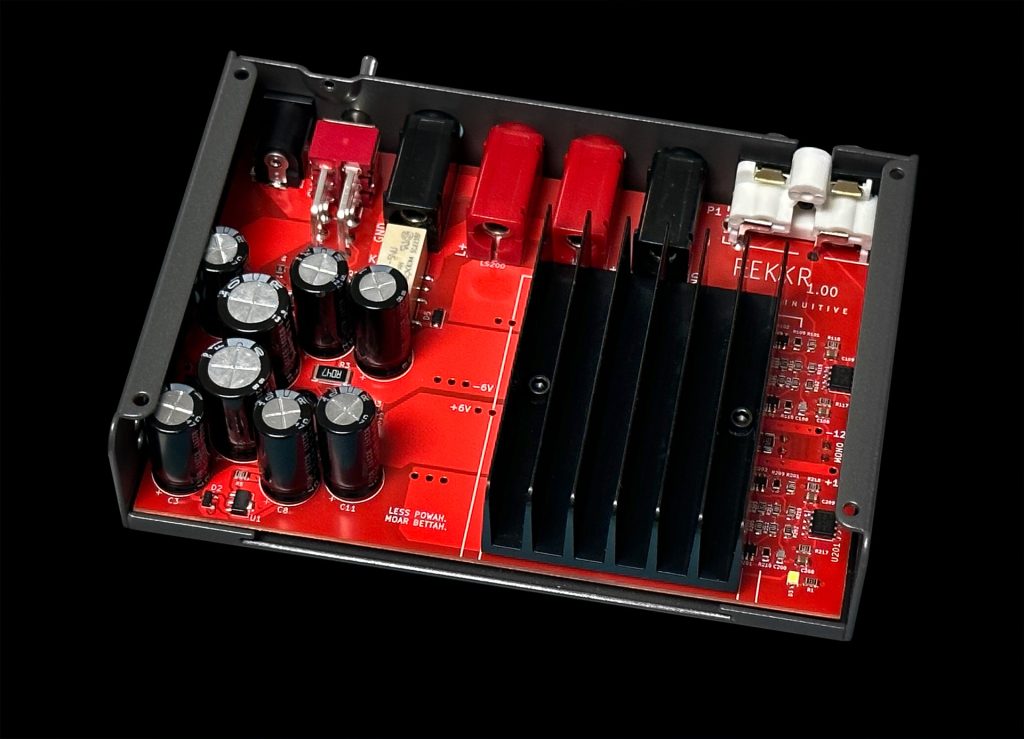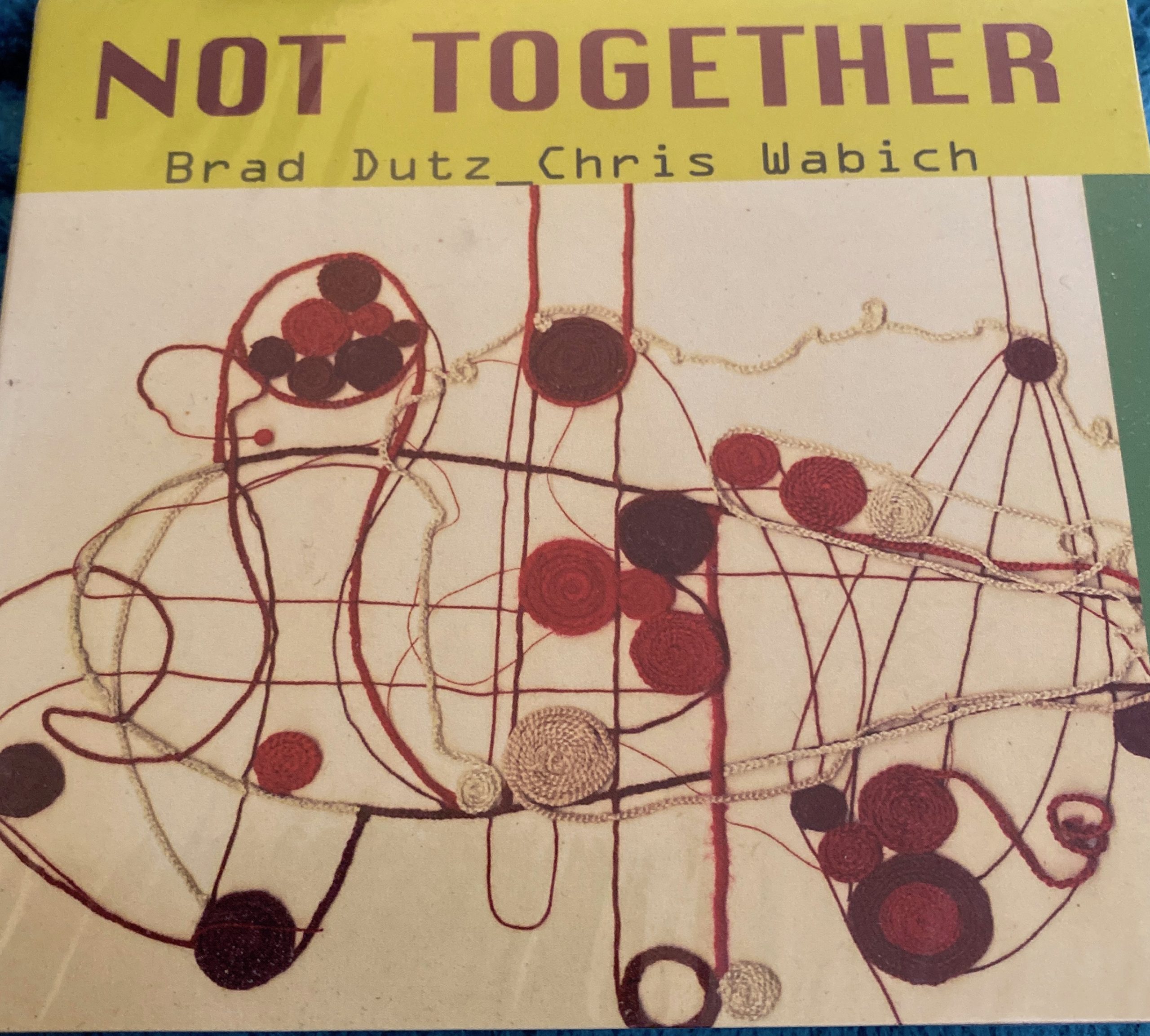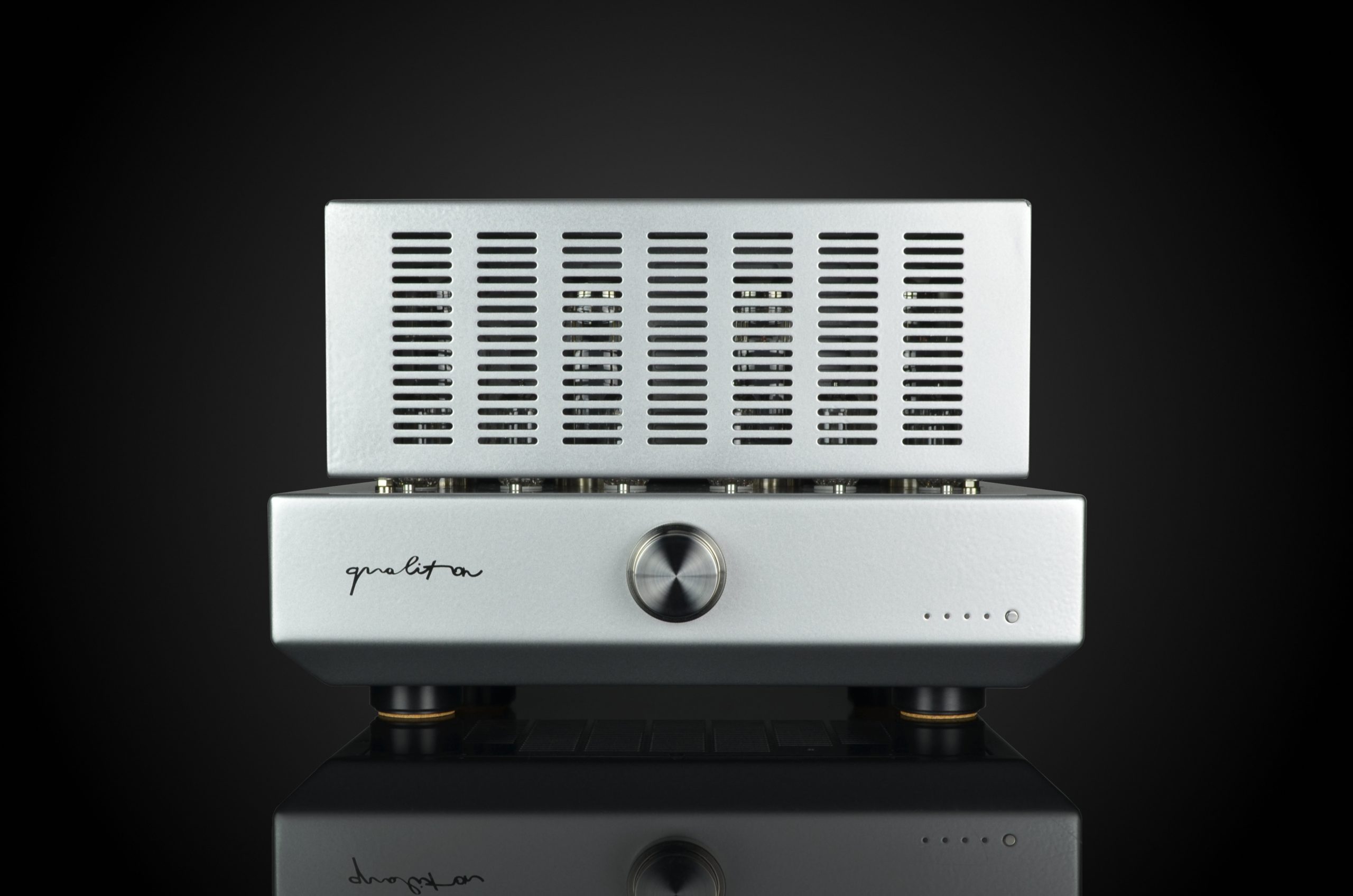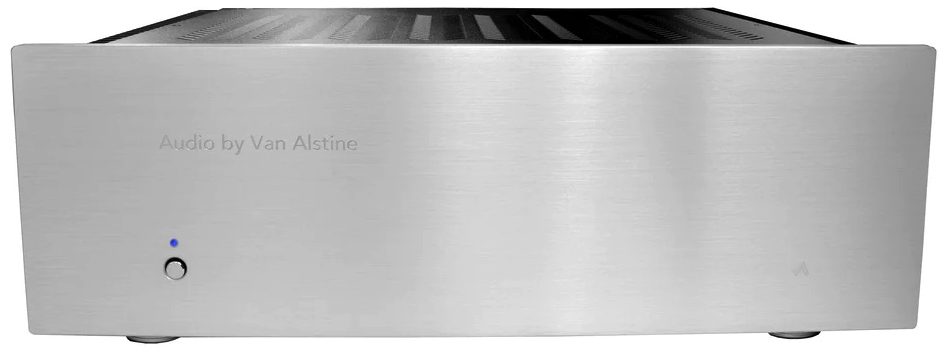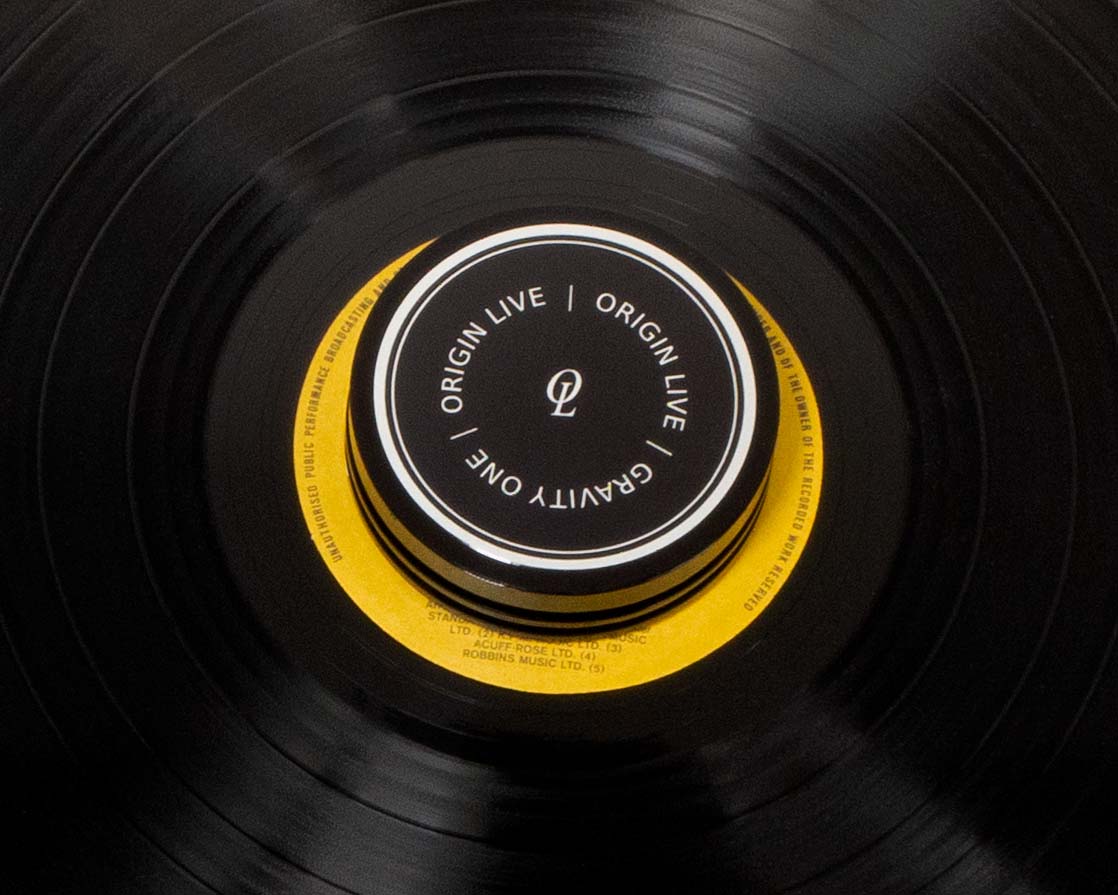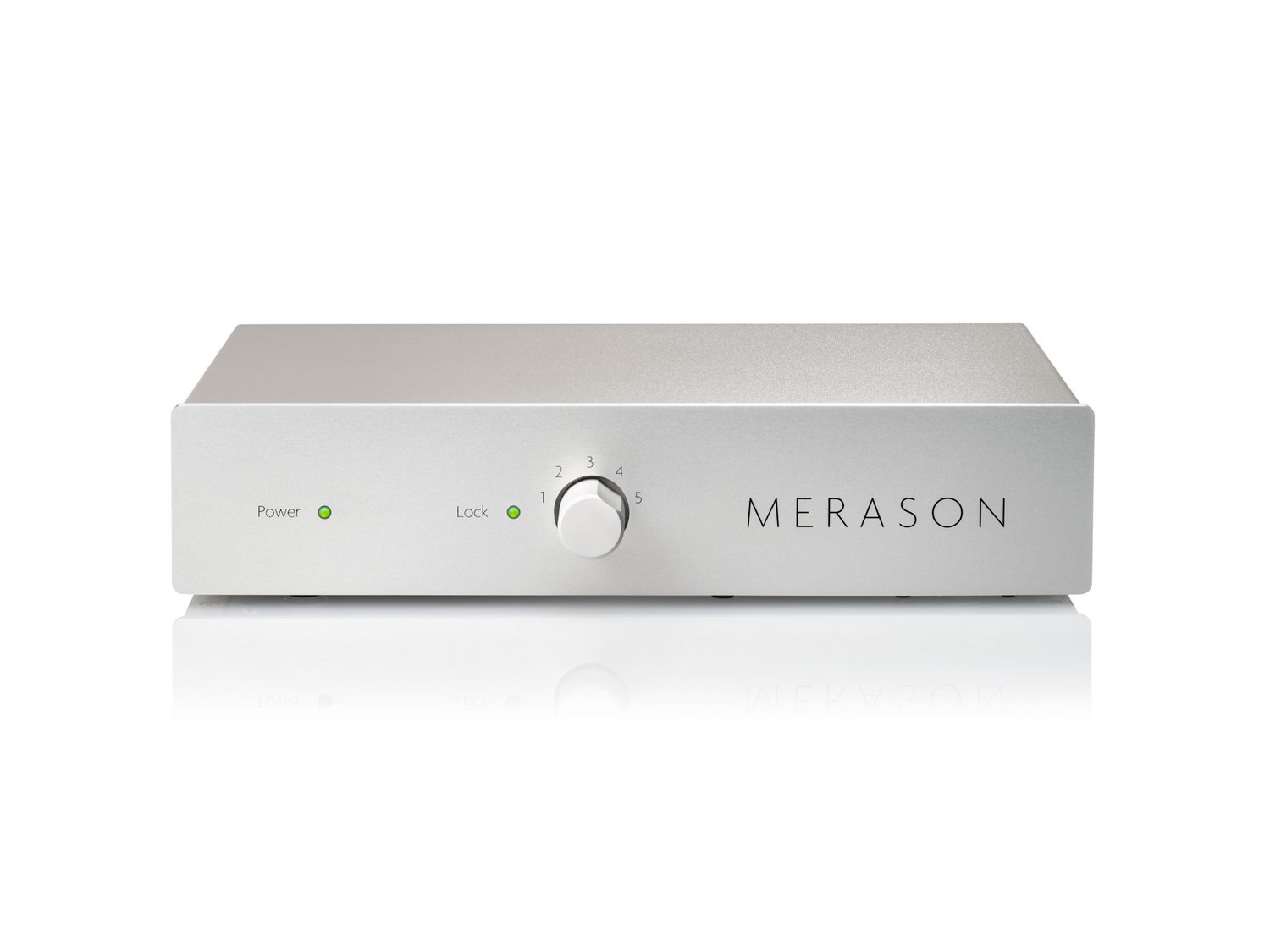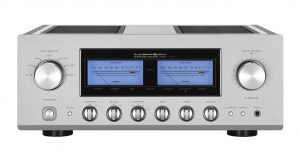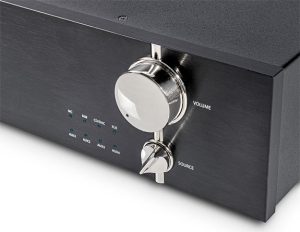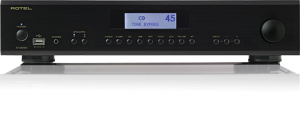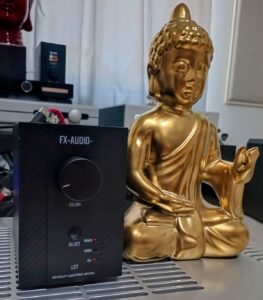I have had a tube integrated amplifier from China on my desktop for several years. It cost me about $180. It sounds pretty good through my ancient and tiny Acoustic Energy Aego satellites. It's been a reliable system.
It has some of the sweetness of tubes though it doesn't actually deliver tube loveliness. In a blind listening test, I could easily think it a decent quality, smooth sounding solid state amp. Hmm. I have a problem with it, still. Lately I've used it to "improve" the sound on my office desktop for zoom calls. Initially, I thought I'd enjoy having tube sounds while working. But my job is intense, involves work that often takes weeks, months, and sometimes years to resolve. When I'm in a deep focus, I stop hearing music playing on my desktop.
It's no surprise that numerous times I've left it burning away overnight, and sometimes for entire weekends. On too many occasions I've returned to my office with the amplifier still running and pumping out all sorts of tube farts through the Aegos. I've replaced all three tubes twice and so my cheap tube amp is no longer cheap. Not so great for me.
I could hunt down an inexpensive class D amplifier for my desktop, but entry level class D amps aren't a pleasure to listen to. Ncore and Purifi? Great class D designs, but too expensive for this application. What to do? Head over to the Schiit parking lot and see what there is to drive.
I'm quite fond of Schiit's stuff. I've owned a Vali, still own a Modi MultiBit, and my son is scrambling his brains because he's full of Schiit, er, he is loving a Fulla from Schiit. They're all terrific for the money. Paired with a Modi MultiBit (MMB) the Vali sounded remarkably good during the early days of Covid, but I discovered I don't like things on my head, so I sold the Vali and now my son has my headphones. Schiit's Rekkr called my name, $149 for two watts, how much loudness do I need twenty inches from my head? Surely two watts would be sufficient.
From Schiit's website
It (the Rekkr) features an exotic, fully discrete, current feedback gain stage, beefy 10A rated output devices, and a fully linear power supply—including stacked rails for greater efficiency and 12,000uF of filter capacitance. No Class D, no switching supplies, no fans.
The Rekkr ($149) won't wreck your wallet or steal much of your desktop in its Magni sized chassis, about 5" x 3.5" x 1.5". With an attractive, in an audio way, set of heat sinks on top, it's more than a little box. Oh, and it doesn't run much hotter than my Modi MB. The back holds a toggle for power, one set of RCA inputs, and speaker connections for any cables you might want, as long as they're bananas.
Feeling fancy or have somewhat demanding speakers? Get two Rekkrs, connect only the right RCA input and the two center speaker connections and voila you've got mail, er, tiny mono block amplifiers. Well, not so fast, there are jumpers on the bottom of the chassis that need to be switched to "mono" and, well, THEN you're in business.
Here's some of the poop from Schiit on the Rekkr:
- Fully discrete, current feedback topology is amazingly fast (-3dB above 1MHz before input filter) and measures well, especially for such a simple stage.
- A pair of 10A output transistors per channel.
- 100% DC coupled throughout, no capacitors in the signal path.
- Fully linear power supply with 12VA wall-wart and 12,000uF filter capacitance.
- Separate discrete regulated high voltage rails improve efficiency and are ground-referenced (not stacked) for lower noise.
- Analog protection system uses a "least invasive methodology"—no active devices in signal path, no current limiting, no crowbars—just current and thermal sensor and DC servo.
- No fan.
I can't see... how much power?
- Stereo, 8 Ohms: 2W RMS per channel
- Stereo, 4 Ohms: 3W RMS per channel
- Mono, 8 ohms: 4W RMS
What's all that mean? Schiit says it's sort of like a mini Schiit Vidar 2. It has "a similar gain stage, similar linear power supply, etc. The protection system on Rekkr is all analog, but still incorporates overcurrent, over-temperature, and DC protection. Bigger output devices than Magni, smaller than Vidar."
American Made
If "Made in America" is important to you, California, Nevada, and Texas are responsible in various ways for the design, production, and some assembly of all Schitt products.
As you look at this little guy, you might wonder, will it work, as in, what if it doesn't, then what? This little lily pad comes with a two year warranty. If you want to jump that pad before two years are up, you can return it within 15 days of receiving it with a 15% restocking charge. That looks pretty good to me.
Sound? Music? Noise? What's here?
Well, first things first. There's some learning to do that, well, learning I didn't do in advance of the Rekkr's arrival. Sort of on the job training. My tube amp had a volume pot, but, I thought, I could control the volume with my computer's software. That should be fine. And it was, mostly. For most of my uses, my computer let me control volume on sources like iTunes, YouTube, and other such places. But, and it's a loud but, those "short" videos on YouTube? Little buggers don't have volume controls and sound comes through my speakers at full volume. Want to know how loud two watts can sound? I no longer do. It's frighteningly loud. I forgot how often I used the volume pot on my tube-niverous Chinese amp. So, here's a problem for me and my implementation—the only quick and reliable volume control is the power switch on the back of the Rekkr. Hmm, not so great for my idea. But, how does a Rekkr sound?
Get your Aegos out of the way.
The Acoustic Energy Aegos originally came with a bass tower, but never sounded that great, which is part of why I opted for the tube amplifier. The Aegos without the bass tower probably reach into the lower midrange, but not much further. That should make them sound lean. With the Chinese integrated amplifier, the Aegos did not sound lean—they were reasonably pleasant if also characterless. Don't confuse characterless for transparent, consider, instead it's an opaque sound and sort of... meh. Not bad for Zoom calls or unimportant sounds. And, not exactly great for intelligibility or enjoying music.
Inserting the Rekkr using software to control volume is when the Chinese amp's opacity became evident. Although I didn't hear the tube-niverous amp as opaque, the Rekker made it patently so. Without the lower midrange plumping my tube-niverous amp provided, the American amp's more linear sound revealed a much leaner sound. Yeah, lean but not white hot and piercing. And, yes, a more realistic sound.
I found the timbre of the bass that the Rekkr's unleashed from the Aegos was pretty well defined, but the midrange definition also became a bit grainier. Not badly so, but there was simply much more definition in the lower midrange. Vocal clarity became significantly better and happily intelligibility rose with it. Nothing like hearing clearly that your Zoom call is a lot of blather. The Aegos have a small driver in a small sealed box and... the sound should not have been a surprise. Comparing the Rekkr to the tube-niverous amp, I'll accept the clarity and grain of the Rekkr.
Pioneering
Happily I have Pioneer's BP-BS22-LR, which I bought years ago for $99. Now the little Schiit-Pioneer pairing produces some mid bass and its not grainy. Thus, it appears the graininess are the Aego's fault. The Pioneers have a pretty good reproduction, and definitely better than the tube-niverious amplifier. The Chinese amp produces a smooth sound, but like a thick coat of paint over a rough surface. Sure, smooth is nice, but it obscures the elements of reality that make careful listening both a surprise and a pleasure.
The Rekkr was a much more realistic, almost audiophile experience. Not as in a giant killer, but as in, a more realistic impression of music. Songs changed from pleasant, er, noise (?) to music. Not realistic enough to push aside my costly rig, but like that system performances occur with a recognizable humanity—real people playing physical objects. Like live music without a net—you sense the moments of tentativeness by the players; the possibility of a mistake. Like a trapeze artist flying through the air—defying gravity to make for a beautiful experience—that's part of what makes live music infinitely more interesting than recorded music.
I did notice, however, that while the sound was fuller through the midrange, the lower regions of the bass were more attenuated than with my home system, the same held for the treble response, i.e. a bit rolled off. Both of these made the reproduction of the midrange more prominent and louder. The same was true of its tube-niverousness, even though there was more power from the Chinese amp. This is something I've noticed in my big rig when the amplifier is not powerful enough for the speakers—attenuation of the extreme frequencies.
Alas, I did not have on hand more efficient speakers to test. Rekkr candidates, you're hereby prompted to take note of what speakers you intend to match with the Rekkr. I found the Rekkr to be terrific sounding, especially at its price, its power output notwithstanding. But, you'll need to have a reliable way to control the volume that I lacked. This leaves me liking the Rekkr, but concerned about the risk its 2-watts of ninja power coming after my speakers and ears at full volume, through no fault of its own. Recommended, but be careful if you don't have a preamp to temper the volume of things on the internet—a good reminder for sounds that aren't music, too.
And Again But Mono
Schiit made arrangements to send a second mono block, along with a preamp. A Schiit Sys ($99) would have been perfect, no power supply, one stereo input and one output! Unfortunately, none were available to try out. The least expensive preamp Schiit had available was Schiit's Saga+ so that's the horse I rode.
A Saga+ as AN ASIDE
The singled-ended Saga+ is a high value preamp given its price and features. With five RCA inputs and two RCA outputs, its $399 price seems quite fair. However, the Saga+ was a bit much for this project, replace a $180 tube integrated amplifier with a $149 solid-state amplifier. My intention, however was thwarted by two things for this exercise: 1) at three times the cost of a single Rekker, it was way too expensive for the price I was shooting for; and 2) the small footprint gave way to three power cords and a bunch of small boxes on my desktop, making for a much larger footprint. Still, I hadn't got the full or a fair measure of the Rekkr, so in the name of science and horse jumping, I trotted along.
From Schiit...
Saga+ brings you a real relay-switched volume control, which you can use in pure passive mode, or run it through a 6N8S hybrid tube buffer. Saga+ even includes a custom remote control.
Saga+: Easiest Relay-Switched Volume, Ever.
The benefits of a relay-switched stepped attenuator for volume are clear. Compared to a potentiometer, they give you essentially perfect channel matching and near-unmeasurable distortion. However, some preamps with relay-stepped attenuators confuse you with buttons and screens. Not Saga+. Saga+ has a volume knob that works just like a volume knob—just grab and turn. And if you use the remote control, the motorized potentiometer changes to match the remote setting.
It's Your Choice: Passive or Active
Go ahead. Run Saga+ in passive mode for a convenient remote-controlled passive preamp that's ideal for many systems. If you need to drive long cables, switch it to the hybrid tube buffer—a serious buffer running on 200V rails with vanishingly low distortion.
I am an annoying Boomer who doesn't read the "f'ing" manual. I used the Saga+ with its tube stage, throughout. I listened exclusively through the tube output stage and did not try out the passive line stage—because I didn't know there was such an option. Duh! What follows is only a description of the tube output stage. Let me say, if the passive iteration is close to as good as the tube stage... well read on.
So, mono blocks paired with Schiit's Saga+ changed my sense of the Rekkrs. Surprisingly, the volume levels from both the Aegos and the Pioneers weren't so much louder as clearer sounding, or maybe they just sounded more alive. Mono blocks on my Aego's and Pioneer speakers were much better matches. Why? The amplifiers were more likely operating within their intended application as they exuded more composure, a bit more PRaT and were "on song" as some British say.
Greater power with a pair of Rekkr's flattened the midrange centric peak somewhat, with a bit more lower midrange and a bit more treble extension. And, voila, the strain evaporated and greater pleasure came to stay. With speakers at ear height and less than two feet away the volume could be as loud as I wanted or needed.
The Pioneers are not capable of a full range of sound. However, what they can capture with bigger more powerful and expensive amplifiers, e.g. Pass Labs XA30.8, the Rekkr pair conjured up quite a bit. This presentation delivered much of what I seek in my main system and was distractingly good. This presentation had verve and "PRaT," sounding "on song" as some Brits are wont to say.
After lashing up this system, I found myself thinking, this is going to be a problem for work, because the sound was getting captivating. I'm not going to get work done with this collection of gear working. And, of course, I proceeded to waste work time hunting through a variety of higher resolution music videos. Again, I thought to myself, this is remarkably good sound. Clear, clean but with tonal colors imbuing music such that harmonies and melodies rang quite evidently and sounded lovely.
To allow my workflow to resume, I took the trio to my son's gaming room.
Breath of the Wild: Tears of the Kingdom was a wonderful augmentation to The Legend of Zelda's visuals. For my son's smaller room, it was plenty of volume through the Pioneers with a precise sound that included color with a richness, just shy of inky that I could imagine my son doing even less homework. My son loved it, though it appears he did get some homework done as he graduated. I left the trio, along with my Modi MB in his room for two weeks and he became enamored with it. For me the gaming experience was terrific. The volume was loud enough to be easy to hear and understand and to the extent the frequency extremes were tickled, this system, with the Pioneer speakers was quite robust and realistic sounding.
An MP3 recording of The Platters' "In The Still of the Night" was unpleasantly gritty, evidencing its lossy origins, but still enjoyable. Cody High's "Ennui" from Kissing Street, is a much better MP3 recording, and almost sounds like a high definition recording. The sound was far more emotional with mono blocks and the Saga+. The edge and grit of "In the Still of the Night" evaporated playing Ennui. The metallic percussion was clearer and sharper, as appropriate, with a more realistic timbre as well as a precisely rendered ticking clock. I really like that song on my main rig and liked it again here, nearly as much.
Nikhil Banneree's Raga Sindhura (Alap & Gat Sitarkhani) on "The Genius of PT Nikhil Bannerjee" an AIFF file was really enjoyable and showed the step up in quality from MP3 to AIFF formats. The relatively deep bass of percussion instruments was striking, so to speak, and well delineated melodically as well as in imaging.
So, what's it all about Alfie? The Rekkr as a single amplifier will require more care in matching so that its 2-watts will lift the loads it needs to lift. Think the more efficient the speaker the better the match. As mono blocks, the sound was more robust, without becoming much louder, to my surprise. This match was much better for "critical listening" which is almost the opposite of what I wanted for my desktop system. To close my comments here, the Rekkr in mono block format with the Saga+ was far better and frankly ascended beyond my hoped for performance. A single Rekker would have set me back $149, but this much better combination, is also now much more expensive than I was looking for and took up more real estate.
Exporting the Saga+
Often speakers are the foundation of a good sounding system; an amplifier can take things to the next level but, for me, a preamp is often what sets the ceiling for a system's performance. The Saga+ extended the Rekkr's performance on my desktop, reaching further into enchanting sound. The Saga+ sounded good enough that I wanted to hear what the $399 preamp could do in my much more expensive main system—how have I ever spent so much on a stereo?
Wonderful as my Modi MB is, it's no match price or performance wise for my analog setup, so for this stretch, I switched to analog. My vinyl setup featured an Amazon Model 2 turntable, Fidelity Research FR54 with a Dynavector XX2MkII into an E.A.R. Yoshino Phono Classic. To my surprise the Saga+'s performance was WAY beyond what I expected.
The Saga+ did not sound exactly like my Pass XP12 ($6100) but it was far closer than I would have thought. Far closer. Grit, grain, attenuated frequency extremes? No. I was stunned at how good the Saga+ sounded. This is a really linear reproduction of music. My benchmark for good sound is not imaging or soundstaging or the visual elements of music, but tone and timbre, they're absolutely essential to me. The Saga+ and the Pass XP12 were far more alike than I'd have thought. Far more.
Both are just a wee bit drier than a well balanced tube line stage, but, they're both very good. Where the Pass stepped ahead was with nuance. Music was just more elegant, performances seemed just a bit better executed. I found myself holding my breath just a little more often with the Pass than the Saga+. If the cost of the Pass does not dent your pocket book, get it, it's better. No question. If it's a painful stretch, the Saga+ should be on your radar.
To contextualize, if a Saga+ system is not as rich as desired, I believe the listener should reach for a richer source or richer speakers first. This small, inexpensive preamp is a stunner. Of course, if you have thick or stiff cables... forget it, the Saga+ at six pounds is going to get pushed off your shelf.
Building a satisfying system is about knowing what you want and making complimentary choices to fill your bill. Were I starting as an audiophile today, I'd look at the Saga+ as maybe a starting and destination preamp for audiophiles that don't want to spend decades and tons of money chasing their tails. Sure, better performance is available but that's an endless and expensive climb, summiting with the Saga+ gets a great view of music at a silly good price. Overlook it at your wallet and time's peril.
Rekkr
$149
Schiit
The Los Angeles Schiitr
22508 Market Street, Newhall, CA 91321
Images courtesy of Schiit Audio and the author




